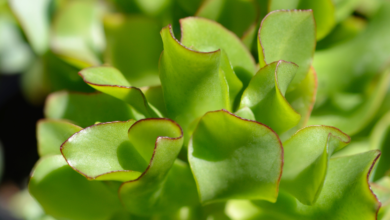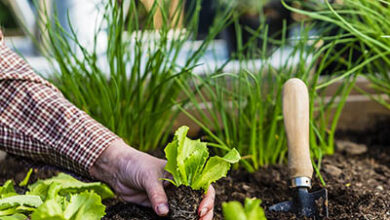Gladiolus is a popular spring-planted bulb for home gardeners. Their tall spikes of bright flowers make them a beautiful addition to flower beds or even larger container gardens.
Most gladioli should be dug up before the first frost in cool climates and stored indoors over winter. The corms (bulbs) can then be replanted in early spring when temperatures warm up.
When planting more than one bulb together, space them about four inches apart from each other, so they have room to grow without overcrowding each other’s root systems. To ensure your gladioli stay vibrant in the summer, supply them with adequate hydration and fertilizer throughout their growth period.
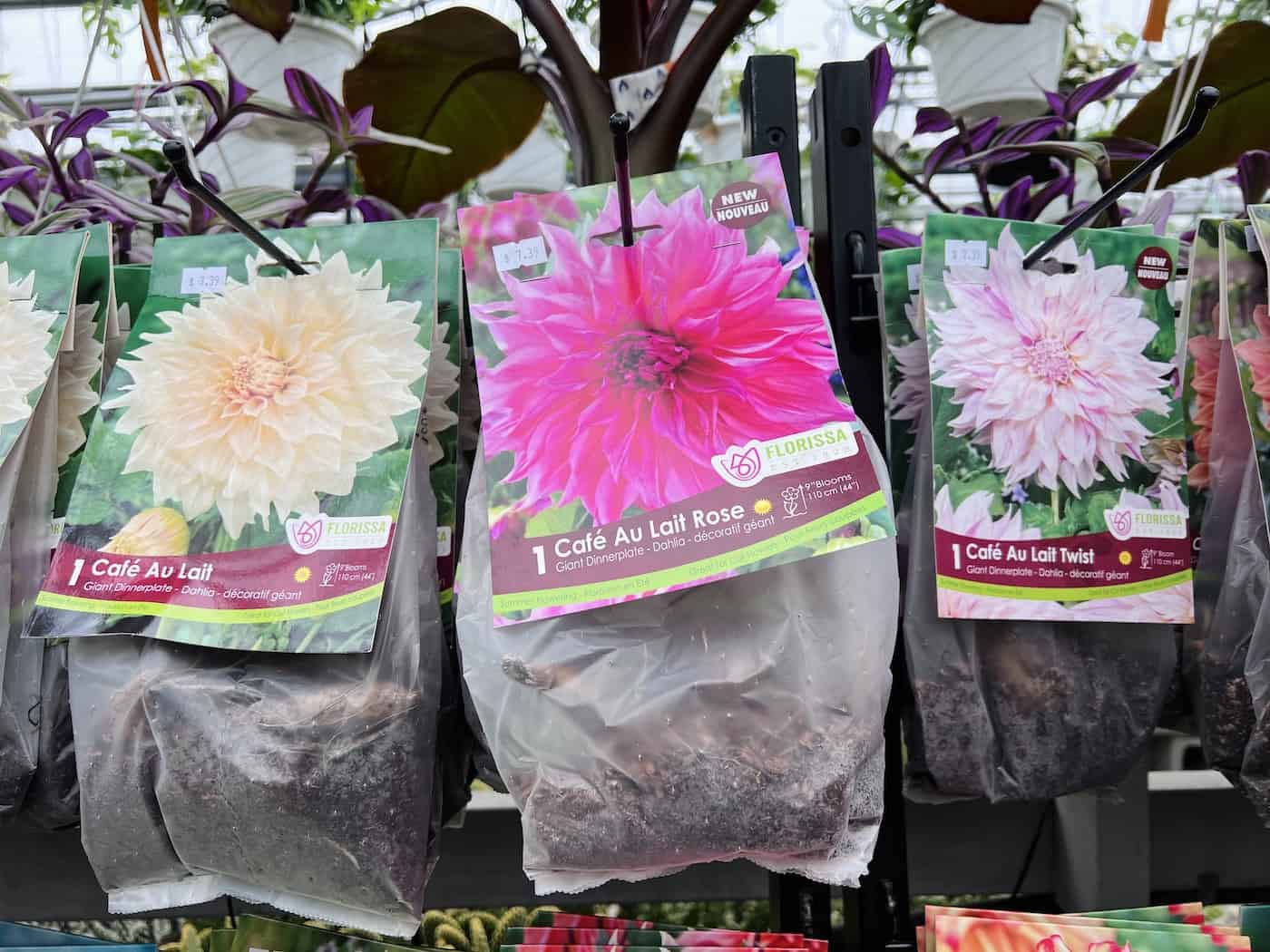
3. Dahlia
Dahlias are vibrant and beautiful flowers that can be grown in North America. They come in many different colors, shapes, and sizes, making them perfect for adding interest to any garden. The blooms of dahlias range from small pom-poms to large dinner plate-size blossoms (see all the types), with an array of colors including white, yellow, pink, red, and purple.
When planting dahlia tubers, it is important to choose a spot that gets plenty of sun, but also has good drainage so the roots don’t become waterlogged or rot away. Planting should take place in mid-spring when there is no longer danger of frost or cold temperatures at night. These plants don’t like cool temperatures!
Dig a hole about 8 inches deep and add some compost or well-rotted manure before placing the tuber inside with its eyes facing up towards the sky. Backfill with soil, then firm down gently around it before giving it a good watering – this will help ensure your dahlia develops strong roots quickly, resulting in better-blooming performance later on.
Stake taller varieties by tying the stems gently to bamboo sticks at 6-12 inch intervals. Fertilizing your plants once every few weeks during the growing season. Deadhead spent blooms.
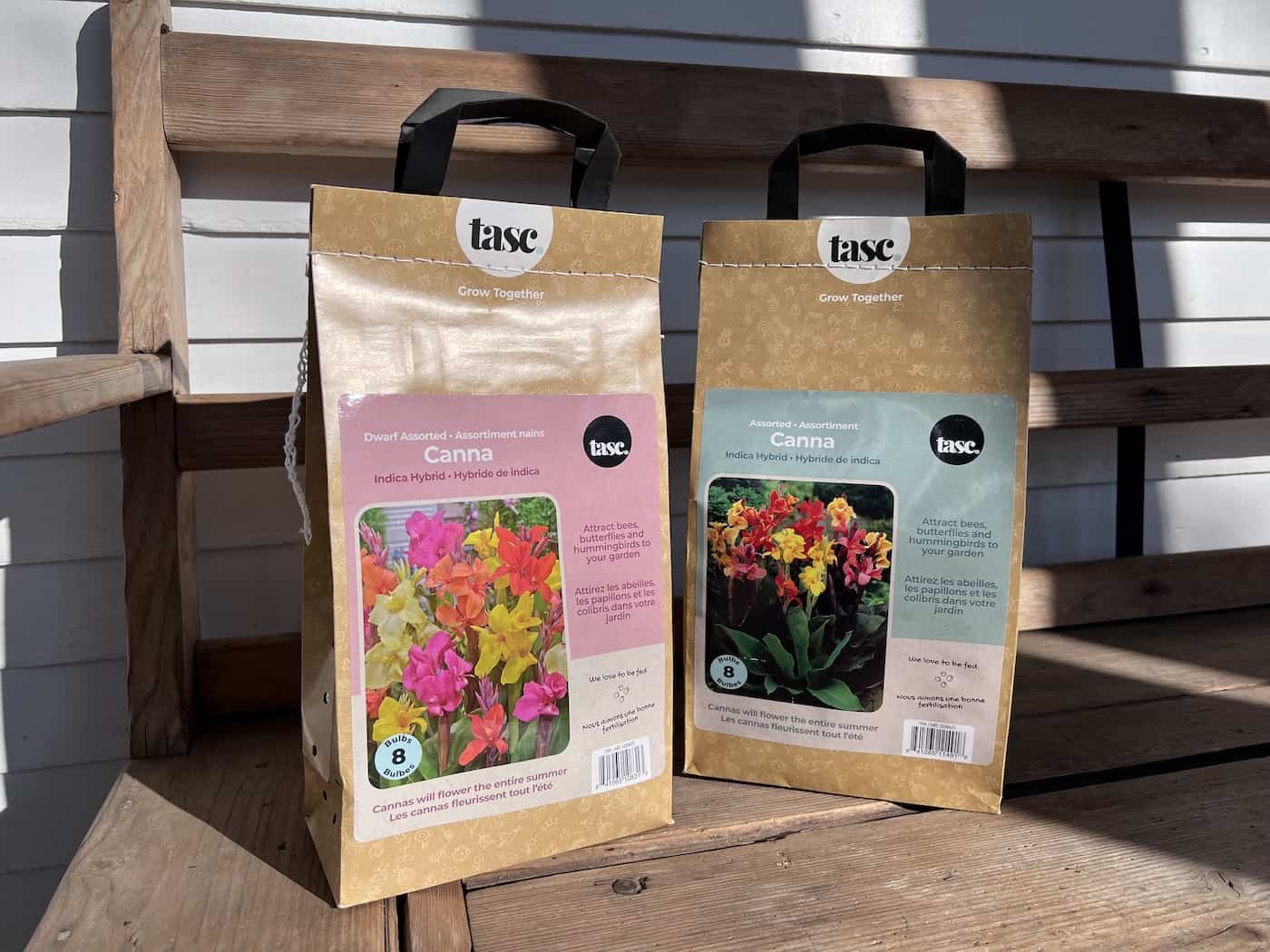
4. Canna Lily
Canna lilies are a beautiful, vibrant addition to any garden. These bulbs produce large flower stalks with colorful blooms ranging from orange and yellow to red and pink.
When selecting the perfect location for your canna lilies, choose a spot with ample sunlight. Wait until nighttime temperatures stay well above freezing before planting your bulbs; this is usually around mid-spring, depending on where you live and what type of climate it is (warmer southern gardens will likely be ready sooner than colder northern gardens).
Once established, these plants require minimal maintenance: simply water regularly during dry spells and fertilize every couple of months during their growing season (early spring through late summer/early fall). If desired, deadhead spent flower blossoms once all petals have fallen off.
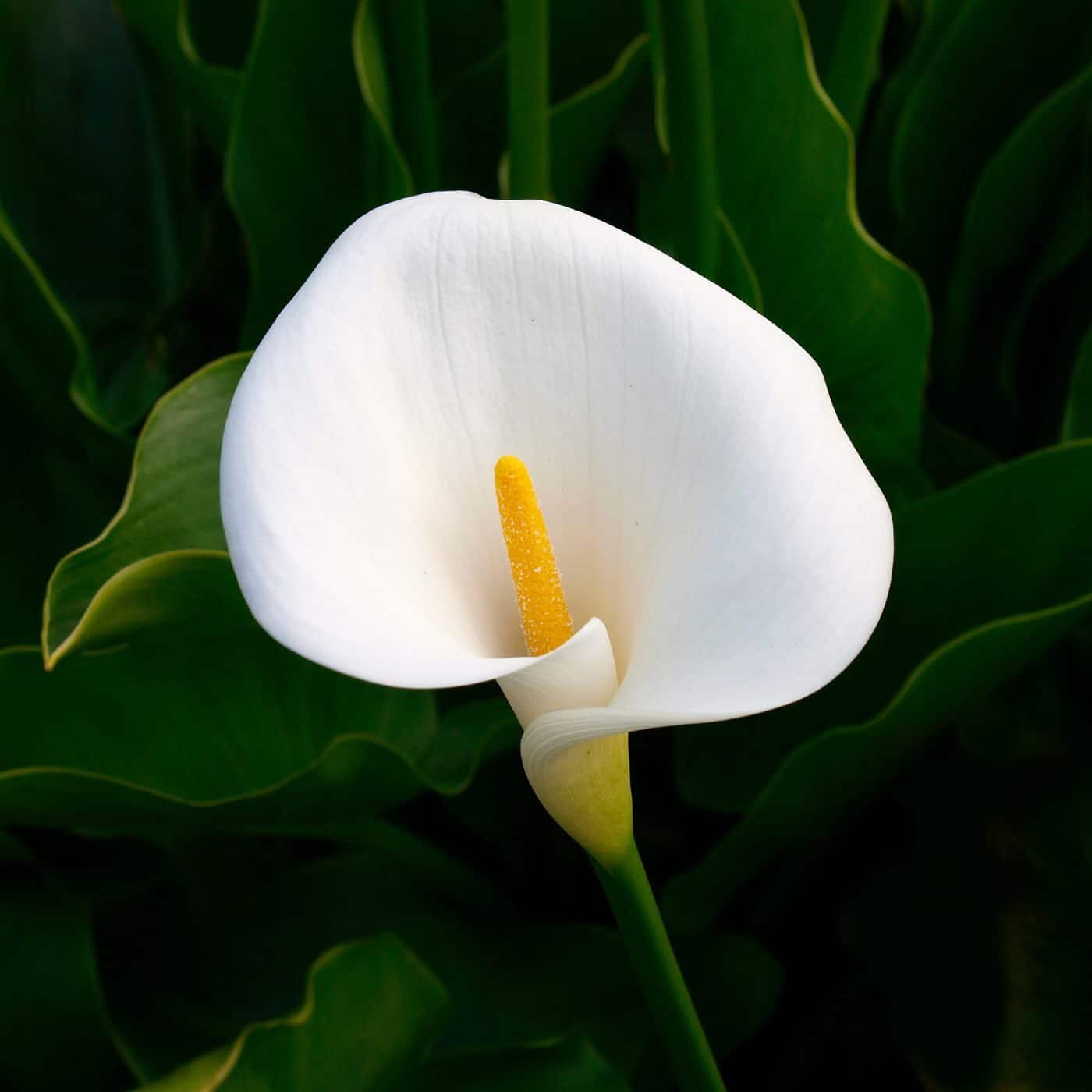
5. Calla lily
Calla lilies are elegant and beautiful flowers that can be found in many gardens. They’re a classic choice for adding color to your garden and make an excellent addition. With their bright sculptural petals, these flowers stand out from other plants in the garden.
When planting calla lilies in your garden, choose a spot with full sun exposure or partial shade, depending on your climate zone. The soil should be light and well-draining, with lots of organic matter added for nutrients. If possible, add some composted manure or peat moss before planting to help retain moisture while providing essential nutrients for the plant’s growth cycle.
Watering regularly is essential for maintaining these flowers’ health, helping them last through their extended bloom period. To keep calla lilies looking their best all season long, fertilize regularly using a balanced fertilizer specifically designed for flowering plants like callas every few weeks during the growing season (spring through fall).
Finally, when winter arrives, it is time to dig up your callas before frost sets in (in areas with cold winters). Store them indoors until springtime, when they can go back outside again. With proper care, these gorgeous flowers will bring beauty into any outdoor space year after year.
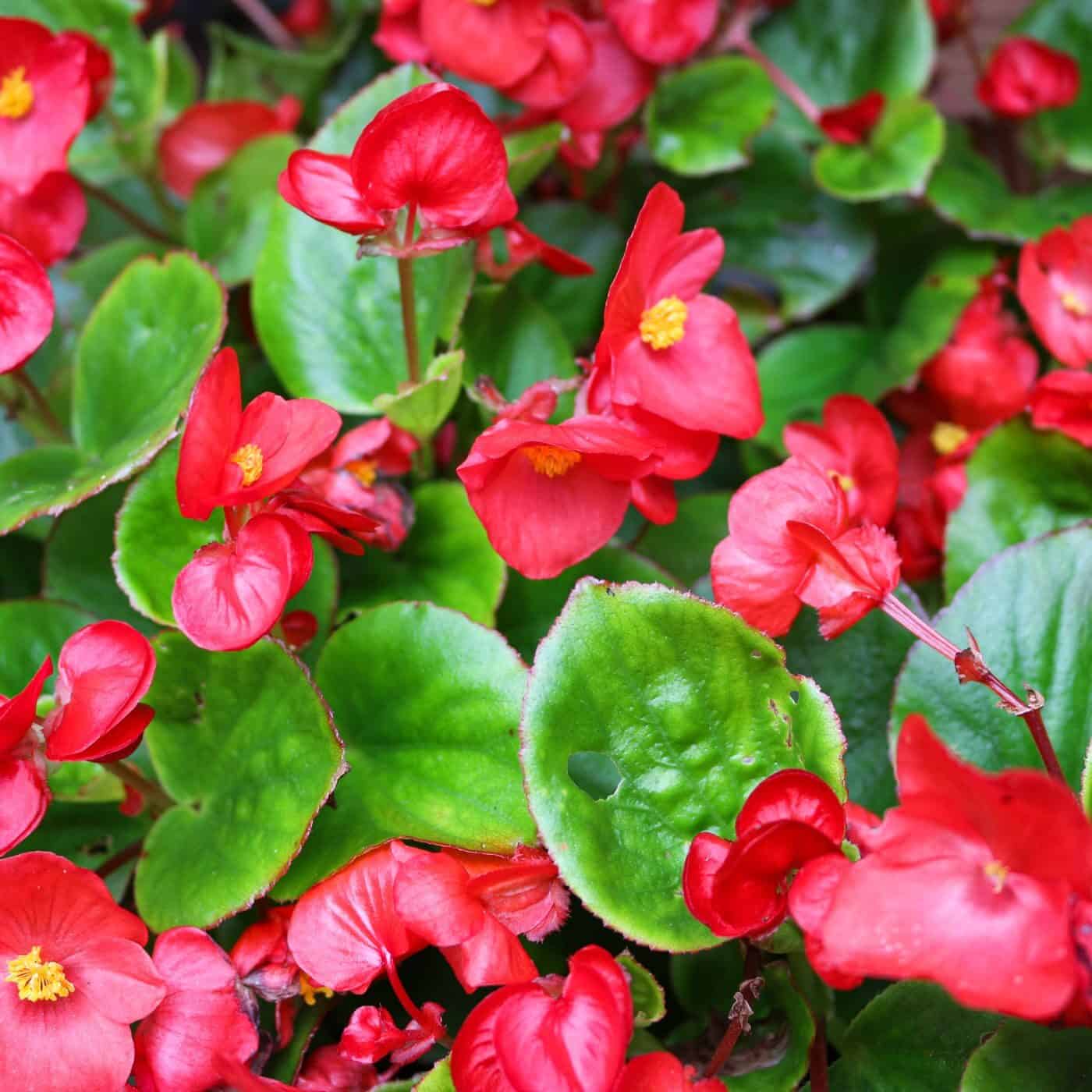
6. Begonia
open next page to continue reading….



